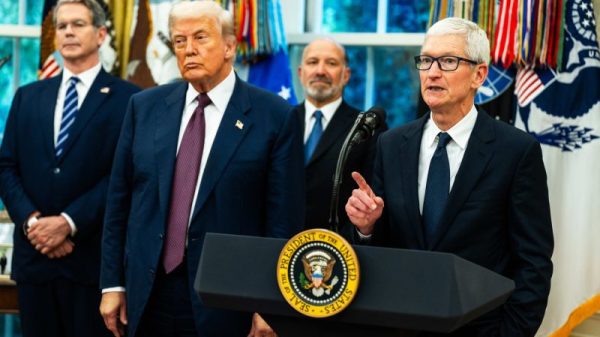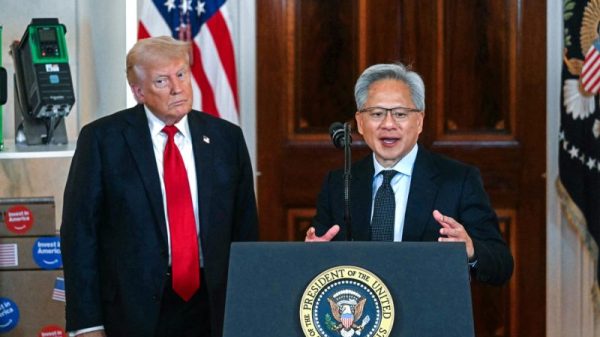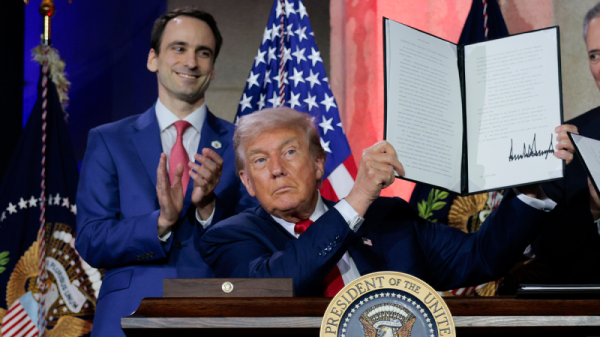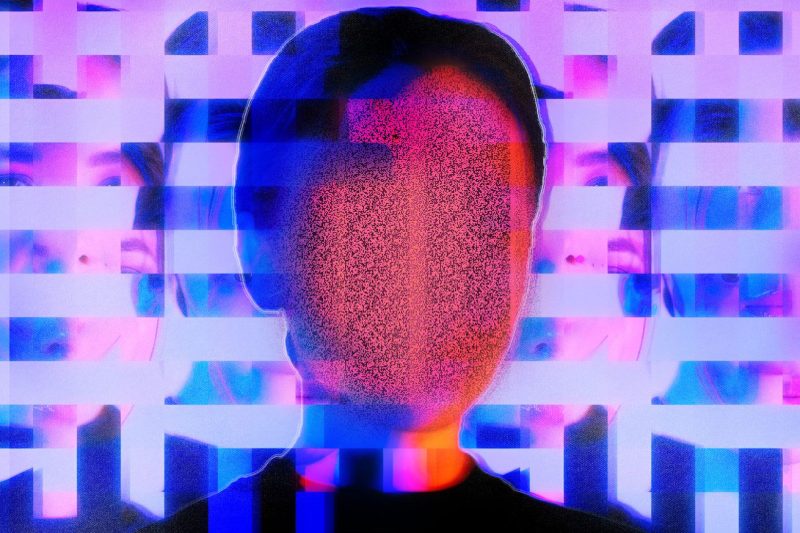In recent years, the rise of artificial intelligence (AI) technology has given birth to a new form of digital deception known as deepfake. These AI-generated videos create eerily realistic fabricated content by seamlessly superimposing one person’s face onto another’s body. The implications of deepfake technology have raised concerns over its potential to be used for malicious purposes, such as spreading misinformation or conducting fraud. Microsoft is taking a proactive stance on this issue by urging Congress to pass legislation that would outlaw AI-generated deepfake fraud.
To understand the urgency of Microsoft’s call for legislative action, it is essential to delve into the risks associated with deepfake technology. The ability to manipulate videos with such precision poses a severe threat to public trust and the integrity of information. Beyond its potential use in creating false political propaganda or fake news, deepfakes can also facilitate fraud, such as impersonating individuals in video calls to extract sensitive information or manipulating evidence in legal proceedings.
Microsoft’s proposal to outlaw AI-generated deepfake fraud represents a significant step towards addressing the growing concerns surrounding this technology. By advocating for legal measures to combat misuse, the tech giant is demonstrating a commitment to safeguarding the integrity of digital content and protecting individuals from malicious exploitation.
The proposed legislation would serve as a deterrent against the malicious use of deepfake technology for fraudulent purposes. Criminalizing AI-generated deepfake fraud would establish clear boundaries and consequences for those seeking to exploit this deceptive medium. Such legal protections could help deter bad actors from engaging in harmful activities and provide a more secure digital environment for users.
Moreover, Microsoft’s initiative highlights the importance of collaboration between technology companies, policymakers, and law enforcement agencies in addressing emerging threats posed by AI advancements. By working together to establish regulations and enforcement mechanisms, stakeholders can collectively combat the misuse of deepfake technology and uphold ethical standards in digital content creation.
In conclusion, the call for legislative action to outlaw AI-generated deepfake fraud, as proposed by Microsoft, underscores the urgent need to address the risks associated with this evolving technology. By implementing legal measures to deter malicious actors and protect individuals from deception and fraud, we can strive towards creating a safer and more trustworthy digital landscape for all.


































